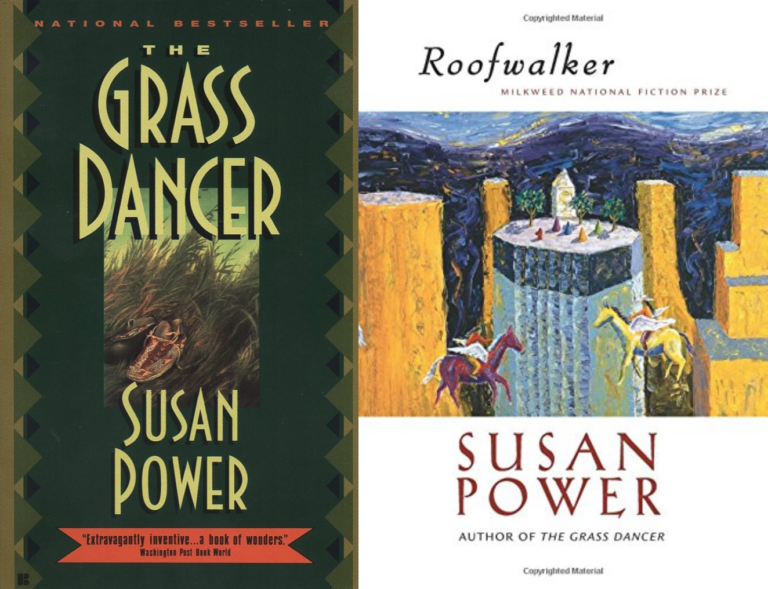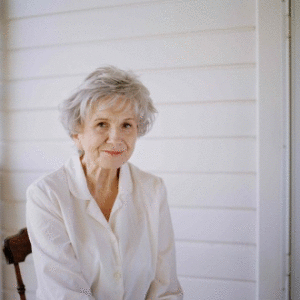Writing is Like Walking
Writing is a mysterious task. Unlike changing a tire or tying your shoelaces, there is no prescribed list of steps that must be undertaken to succeed. Which is why I often find myself comparing the act of writing to different daily activities. Writing is like cooking, cleaning, sleeping, vacuuming, carpooling: you name it.
This summer, for instance, I took many long, long walks with my infant daughter. As I circled the streets, sometimes three or four times a day, I found myself thinking, Writing is just like this: a long, patient process that requires both immediate effort and long-term stamina.
My daughter was small when she was born and, truth be told, kind of a spaz. In utero, she would jounce around all day and dance all night. It felt like carrying a washing machine agitator. These outbursts of energy were profoundly weird to experience while I moving through the world alone, and even more challenging to deal with when she was on the outside. Over time I found best way to calm her down was walking. She liked moving and being moved. So we walked, walked, and walked some more.
I would start reluctantly, but with a sense of duty. The girl must be made happy. No matter how sleep deprived I was, no matter how much my back hurt, I would strap her into the carrier, yoking us together, and put one foot in front of the other. Soon I was almost enjoying myself. I wasn’t in a dark room nursing or shushing or changing the unhappy girl. I was out in the sun, watching the way the clouds moved across the sky, noticing the way some houses planted window boxes and others let overgrown bushes block the windows.
I engage in this kind of daydreaming often when I write. So much of writing is sitting in a chair with my hands hovering over a keyboard, not typing. Since I wasn’t getting much writing done last summer, I welcomed these dreamy moments of walking, which helped me reconnect with my writing self and make me hope that one day I would not just daydream but actually write sentences again.
Daydreaming is easy. Writing is hard, and I will often find many reasons not to start: interesting blog posts, recipes to scan, e-mails to answer, You Tube videos to watch. But when I shut down the distractions and start, I enjoy myself almost immediately. The joy of concentration, singularity of focus, and hard work is underplayed in our scattered multitasking world.
Still, stepping away from the world is hard. It’s lonely. Pouring my mind, heart and time into something the world might not care about is even lonelier. It’s an act of faith that my time spent at the keyboard won’t be wasted. My fear of sitting down comes from fear of failure, but I’ve come to learn that if I do sit down, I can write through the fear to a place of excitement—or at least a place better than fear. I don’t believe in writer’s block; I believe in writing (and walking) through to a better place.
Last summer my husband and I were in the process of moving and staying at my mother’s house on Cape Cod. Lucky for us, there was nearby a whole network of flat intertwining streets with little traffic that my daughter and I could loop repeatedly. Most days our only company was an army of landscapers hired to mow lawns on weekdays while everyone worked. One especially long day, I ran into the same truck full of landscapers each time I walked my loop. At five o’clock, the men nodded again as I walked past. “Still walking!” one of them joked. But as far as they knew, it was true. It sure felt like it.
The progress of writing is often as invisible to the outside world. Sitting at my desk, it may appear as if I’m not doing much of anything. I once went to a writing colony that housed artists too and I found myself incredibly jealous of all their materials and the visibility of their effort – half painted canvases and soldered rebar. Maybe if I printed things out more, I’d have the same physical measure of progress, but I still don’t think it will be as cool as the oil paints, patterned fabric, and heavy metal I coveted that Vermont winter.
My summer of long-distance, circular walking also reminded me of the sheer effort of keeping going when no one is watching, or noticing your progress. This is the endurance part of writing. I don’t want simply to begin. I want to finish.
On my long walks last summer, I planned my route: down by the beach, past the old hotel, by the pond, and home again, over and over. When I write, I have the whole story in mind, plot points along the way and an ending to shoot for. It is comforting to write toward something, just as it was comforting to me to know that when I’d walked my route my daughter would be happier and I’d be closer to achieving another day of keeping her alive and well. When I write, I may have nothing to show for it but a manuscript moved incrementally forward, a progress visible only to me.
As my daughter and I walked, our progress was not apparent to the landscapers watching us go by. But I was measuring my progress in different terms, aiming for an invisible end point, just as I do at my desk.


